Niko Stratopoulos, Year 2 Engineering
Abstract
As we continue to increase our electricity usage, and struggle to switch to clean, renewable energy sources, it is becoming imperative that we reduce electricity wastage as much as possible. One aspect of electricity wastage that is currently being tackled is lighting, with smart light systems that mainly utilize video recognition or rudimentary light detection systems. These technologies, however, are often not cost effective, or optimally efficient. This paper explores the usage of motion and sound detection systems to combat light wastage. Two designs were made (one using a motion detector the other using a sound detector) utilizing a cost-effective Arduino board and served as prototypes to test this technology in 3 emulated household environments. Additional work needs to be done, but these detectors working in tandem could be an economical alternative to current day smart lighting systems.
Introduction
In Canada, the average household consumes approximately 11,325 kWh of electricity annually (‘Residential Electricity and Natural Gas Plans’), an extremely sizeable amount. Provinces such as Ontario waste approximately $1 Billion CAD worth of clean energy every year (Ontario Society of Professional Engineers). Considering our struggle to fully transfer to renewable sources of energy, we continue to harm the environment and our economy with our wastefulness (‘Light Pollution Wastes Energy and Money’). With lighting making up 15% of total electricity usage worldwide (‘Rise and Shine’), one easily overlooked contributor to this problem is light wastage, an issue that occurs when lights are left on despite not being needed (‘Light Pollution Wastes Energy and Money’). It is estimated that 30% or nearly 4$ Billion CAD worth of lighting is wasted yearly in the U.S alone (‘Light Pollution Wastes Energy and Money’). Additionally comes the issue of light pollution, and its various impacts on energy wastage and citizen health (Society). However, these glaring issues while not easily solvable, may have preliminary fixes. One such fix could be the use of smart technology to avoid human error.
Today,
smart lights exist and are efficient, however, they often rely on video
recognition or basic light sensors to function, either being not cost-effective
or overly elementary. To combat this, I took inspiration from rudimentary
automatic lights commonly found on the outside of houses and sought to answer
how effective motion or sound detection systems would be in combatting light
wastage, utilizing similar basic technology. This cost-effective tech, if
successful in this experiment, may be key to aiding in the reduction of a
significant portion of energy wastage (‘Light Pollution Wastes Energy and Money’).
Materials and Methods
An Arduino Uno Rev 3 (AUR) was utilized for the basis of this project, with a KY-037 sound sensor and a HC-SR501 motion detector used for support. A breadboard, jumper cables as well as a standard LED light were utilized in tandem with these components. The AUR was used for two purposes, firstly to function as the basis of a motion detection lighting system.
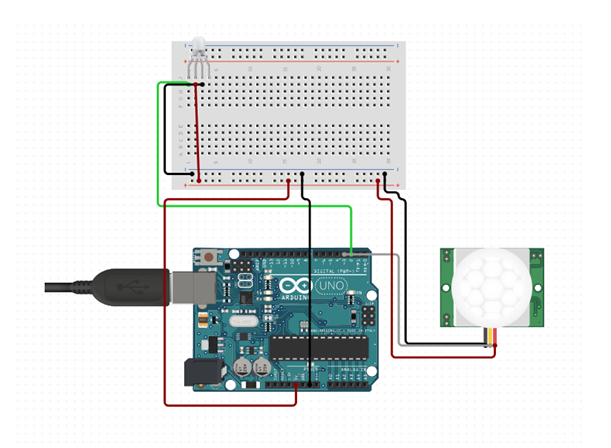
Figure 1: The AUR configured as a Motion Detector
A program was then coded to ensure that for as long as motion within reason was detected by the HC-SR501 motion sensor, the LED light would remain on, this was done to simulate the need of light in a household environment (if movement in a room and therefore someone in the room is detected, turning off the lights would be detrimental).
Once data was recorded from the motion detector, the AUR was used to function as the basis of a sound detection lighting system.
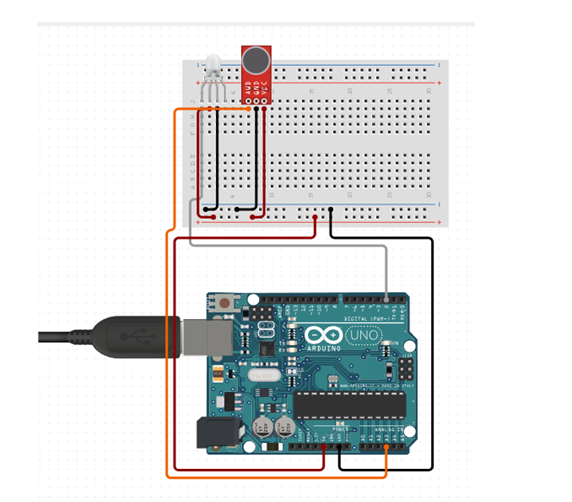
Figure 2: The AUR Configured as a Sound Detector
A program was then coded to ensure that for as long as sound was detected by the HC-SR501 motion sensor, the LED light would remain on, this was done to simulate lighting in a household environment. The detector was then calibrated to be within a reasonable degree of error, to ensure that the impossibility of absolute silence was not required to turn of the LED.
The configurations were placed in 3 simulated environments, each representative of a common environment in a lighting system would be expected to perform. A successful performance was dependent on the environment, and the following measurements were taken.
Table 1: Environment Descriptors
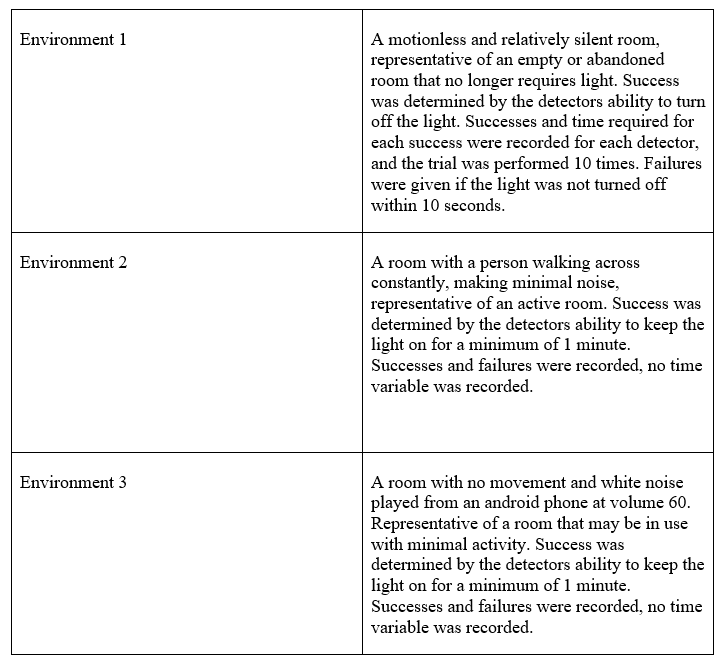
Results
Table 2: Results from Environment 1: Time required to turn off the light
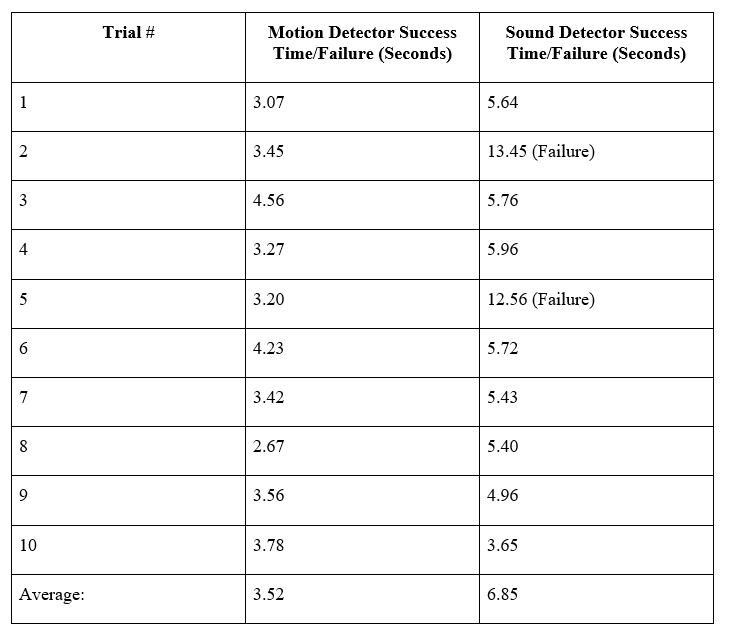
Environment 1 was a motionless and relatively silent room, both the motion and the sound detector were given 10 trials and timed on how long it took for them to turn of their LED light. Times over 10 seconds were deemed as failures. Both detectors functioned as intended, except for two failures on trials 2 and 5 by the sound detector.
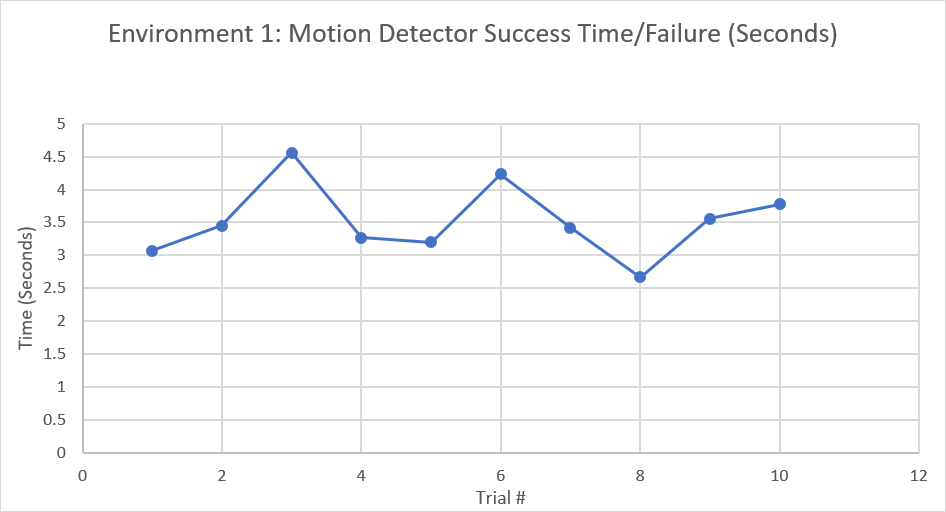
Figure 3: Environment 1 Motion Detector Success Times and Failures Visualized
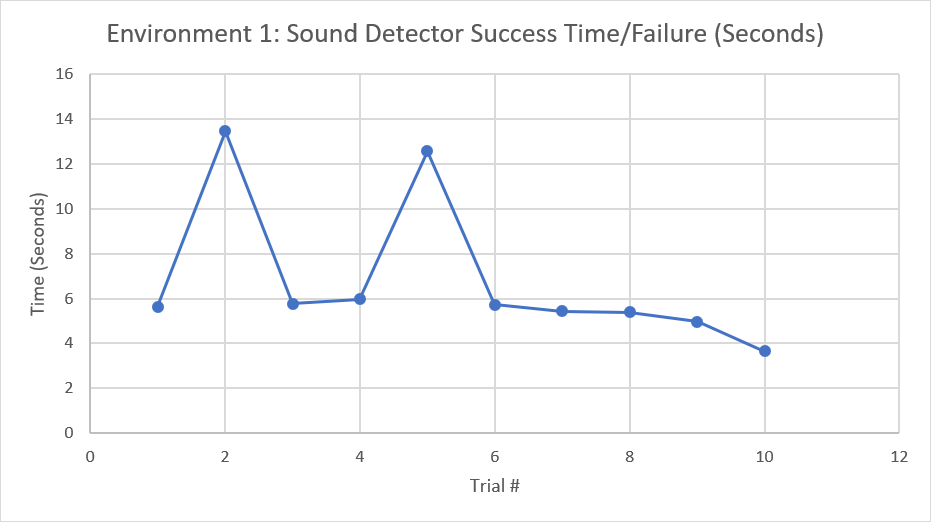
Figure 4: Environment 1 Sound Detector Success Time and Failures Visualized
Table 3: Results from Environment 2
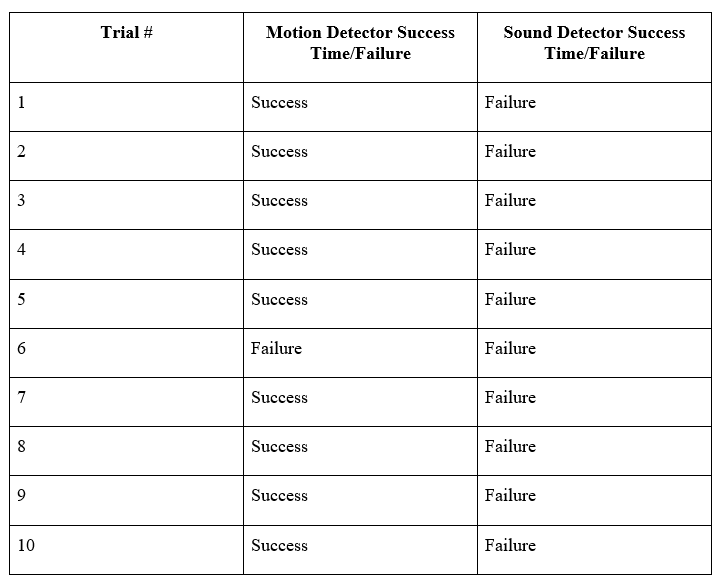
Environment 2 was a room that simulated the walking movement of a single person across the room, detectors were expected to keep the light on for a minimum of 1 minute. Times were not recorded, instead successes and failures were awarded based on each detector’s performance. This test saw a 100% failure rate for the sound detector, and a 20% failure rate for the motion detector.
Table 4: Results from Environment 3
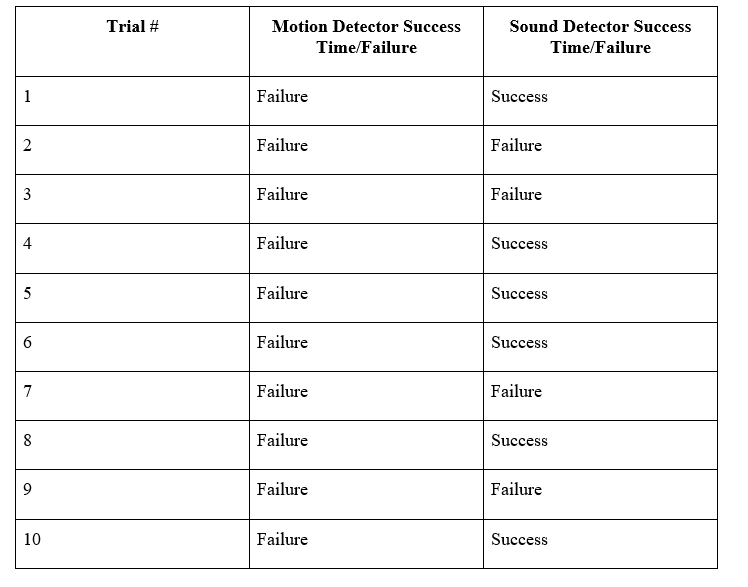
Environment 3 was a motionless room with white noise being played, detectors were expected to keep the light on for a minimum of 1 minute. Times were not recorded, instead successes and failures were awarded based on each detector’s performance. This test saw a 40% failure rate for the sound detector, and a 100% failure rate for the motion detector.
Discussion
Each
environment had clear trends that could be observed, which spoke to the
effectiveness of each sensor in specific situations. Before analyzing these
results however, it is important to note that flaws exist in the measurements
due to the realm of human error in recording timings, as well as the quality of
detectors utilized. Environment 1 spoke to the consistency as well as the realistic
ability to apply each sensor. It was found that not only did the motion sensor
have a 100% success rate as opposed to the sound detectors 80%, but also able
to consistently turn off the lighting at an average of approximately 3.33
seconds faster. This is seen in Figures 3 and 4, seeing that the results of the
motion detector are significantly more stable, with less obvious peaks, as
opposed to the results of the sound detector. Environment 2 showcases similarly
one-sided results, with its focus on a high movement area giving the motion
detector a 90% success rate as opposed to a 0% sound detector rate. However, it
is important not to look at this data in isolation, this is because firstly,
the quality of the component as well as the calibration of the sound sensor
utilized in this experiment may not have been optimal. Secondly considering the
result from environment 3 speaks to why it may be necessary to utilize both
sound and motion sensors in tandem to achieve near perfect smart lighting.
Environment 3’s focus on a low movement area showcases the limitation of the
motion detector. With a 60% success rate for the sound detector as opposed to
the 0% of the motion detector. While it is true that the motion detector
statistically steady success rate, it’s performance in the 3rd environment
necessitate the inclusion of some sort of sound detection system. Perhaps a
next step could be to optimize a system in which two detectors could work
together, with an authority system in place that would balance the power each
detector would have over the lighting. This would allow for the reliability of
the motion detector to trump the random error that comes with sound detection,
whilst still allowing for use in low movement areas. This idea would keep the
goal of making a cost-effective smart lighting system, whilst ensuring the
viability of the system in more scenarios.
References
‘Light Pollution Wastes Energy and Money’. International Dark-Sky Association, https://www.darksky.org/light-pollution/energy-waste/. Accessed 20 Apr. 2022.
‘Ontario Wasted More Than $1 Billion Worth of Clean Energy in 2016, Enough to Power 760,000 Homes • Ontario Society of Professional Engineers’. Ontario Society of Professional Engineers, 29 June 2017, https://ospe.on.ca/advocacy/ontario-wasted-more-than-1-billion-worth-of-clean-energy-in-2016-enough-to-power-760000-homes/.
‘Residential Electricity and Natural Gas Plans’. EnergyRates.Ca, https://energyrates.ca/residential-electricity-natural-gas/. Accessed 20 Apr. 2022.
‘Rise and Shine: Lighting the World with 10 Billion LED Bulbs’. Energy.Gov, https://www.energy.gov/articles/rise-and-shine-lighting-world-10-billion-led-bulbs. Accessed 20 Apr. 2022.
Society, National Geographic. ‘Light Pollution’. National Geographic Society, 23 July 2019, http://www.nationalgeographic.org/article/light-pollution/.